Needlefish, metal lip swimmers, darters, Redfin and bottle plugs are almost always in my night bag with the exception being those night when I fish shallow sandbars in which case bottle plug might be supplanted by a surface swimming metal lip. All these lures, except surface metal lip swimmer, benefit greatly by a sweep, current or any type of moving water. This is the typical content of my bag when fishing sandy beach at night. If I am fishing close to the inlet, where there usually is strong current present I will load up my bag with more darters and heavier needlefish, which tend to work better in faster water then lighter ones. The surface swimming metal lip will usually be the casualty and its left behind. They tend to wiggle excessively in these same fast waters. The problem presents itself (and by the way, this is why you can never have enough lures) when you walk a hundred yards into an inlet and onto an inlet jetty. Here you will find a strong rip at the tip and much deeper water. Your needlefish and darters will be marginally productive if at all. Your surface metal lip swimmer would be useless here as fish are almost always hugging the bottom but you sure could use some sub-surface metal lip swimmers. Few of those 9-inch Tsunami shad and heavy bucktails coupled with pork rind would also fit this location well. Inlet jockeys often fish with nothing but bucktails and assorted leadhead with rubber all night long. Maybe you should ask your buddy if you could borrow his golf caddy for a night to carry your lures? Trust me, there is nothing funny about trying to load up a bag for every possible situation. Particularly, shallow water/deep water scenario during the same trip presents the most difficulty. No wonder suitcase size surf bags are gaining in popularity.
My daytime bag is packed with poppers, pencil poppers, surface metal lip swimmers, bottle plugs and tins. Redfin is there on occasion but since I use it in the same manner I use the metal lip swimmers, it’s often left behind. What you won’t find in my bag is subsurface metal lip swimmers, which I find to be poor producers during daylight hours. Lets be honest, besides few magical week during fall run the daytime fishing can be extremely tough. Even the deep-water spots are usually devoid of fish, as high temperatures and boats zooming over their heads chase the fish in to deeper waters. About the only consistency that I found over the years during daylight hours was by concentrating on fishing white water. Of course, casting into an acre of menhaden that is being mauled by striper and blues is certainly a nicer occurrence but unfortunately, those things don’t happen too often.
The reason I find white water so appealing is twofold. First, every wave that rise over the sandbar stirs the bottom underneath, exposing sand eels, crabs, sand fleas and other crustaceans. Your friendly neighborhood striper holds all these tasty morsels in a high regard. This highly oxygenated water stimulates feeding even during the warmest days of the year. The second reason I go out of my way to fish the patches of white water is the tendency of white water to mask our lure. Stripers and blues often follow the cresting wave, or swim right through it and feed in the foam, feasting on disoriented baitfish or unearthed crustaceans. Once the foam has dissipated, they retreat to deeper water. This is why your lure will get annihilated in the foam more often then in flat water. They know they have a limited time to feed in that particular wave sequence and your lure is wiggling, sloshing or popping in the foam. They’ll hit it first and ask questions later. Hey, they can always spit it out if they don’t like it. Unfortunately, they did not count on sharp hooks.
While speaking about the white water and wave periods I should mention some things that many surfcasters take for granted. First, all waves are not created equal. If the waves are large with a short “period’ or duration in between the waves, you will have a hard time working any surface lure as wave will fold on it frequently. Under these conditions, I always elect to go with a bucktail, tin or a bottle plug, and bury my lure underneath the waves. On the opposite side of the spectrum are lazy waves, one that roll slowly over the bar like a slinky, with a long period in between them. You will not be able to employ the white water strategy effectively under these conditions either. I find that forceful white water is much more productive and makes fish much more aggressive then when flat water is present.
One thing many surfcasters lack when casting their lure towards the coming waves is a lack of focus. They try to make the longest cast possible without regards as to where in the wave period it will land. This is a big mistake. You should never let your lure land in front of a folding wave. If it does, the wave will fold on your lure and your will lose contact with it. No contact means no fish, as simple as that. By the time you regain contact your lure will be far from its original destination, and you will be ceding some prime real estate to a wave. Timing your cast so your lure lands behind a wave will eliminate this problem and will help you catch more fish. How can I be certain? If you time your cast so your lure lands in the water behind the wave it will land in the…white water, of course.
Few times a year, particularly during fall months you might encounter a riled up water, courtesy of a nor’easter that is moving up the coast. You might drive to your honey hole, see the crashing waves, feel the stinging rain and decide to head back home. Fishing rough water is not everyone’s cup of tea but it can be a very rewarding experience. As I am writing this the first nor’easter of the season is building outside my window. Winds out of northeast are currently sustained at 22 MHP and gusting to 40 MPH. And it’s just a beginning! Yet I salivate at prospect of fishing this evening. If you concentrate at the onset of the storm, before the water is too riled up and off color and still weed free, you might encounter some phenomenal fishing. Large stripers will often charge beach, cruising effortlessly though big swells generated by a storm. Yet smaller baitfish will helplessly tumble through the turbulence akin to a sock in a dryer. That, and the fact that game fish might sense that feeding might be difficult for the next few days when the water turns to mud is what often makes bass and blues put on a feedbag. When it comes to choosing a lure for fishing during these periods two things should be foremost in your mind. First, how does it cast into a howling wind and how quickly can you bury a lure underneath the waves. You can eliminate these issues by fishing close to the mouths of inlets, where waves generally do not build up as much as they will on open beaches but even there, two plugs will get most plays from the veterans. Because of its ability to be cast into a strong wind and still be kept in contact after it enters the water, bucktail is always the first lure out of my bag. If you are not reaching the fish, you might try a heavy tin instead. The second lure that I always carry for these types of situation is a bottle plug. Cast it into the wind and quickly jerk your rod to dig the lure into the wave. It is a phenomenal producer under these conditions, particularly when there is large baitfish present in the surf. Don’t fret too much about your casting distance or lack there off. The same wave that is pushing your lure backwards will also be pushing the baitfish right at your feet. Do think how you are positioned on the beach in relation to wind, current or sweep. My favorite scenario is to have a wind come diagonally onto the shore, while the current and the ebbing tide is flushing the baitfish out of the bay in a same direction. This way the wind will push in the bait tight to the beach and increase the current speed or sweep. The reason I don’t mention other lures is because most cannot hold their own under these extreme conditions and will get tossed around. You will consequently lose contact with them and most likely go home fishless. Don’t fight the condition or argue with the fish about what they should eat. Feed them what the conditions are calling for and your bent rod will tell you when you got it right.

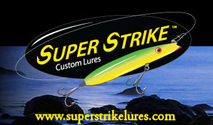

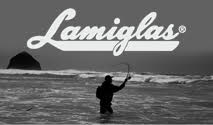


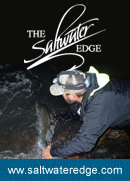

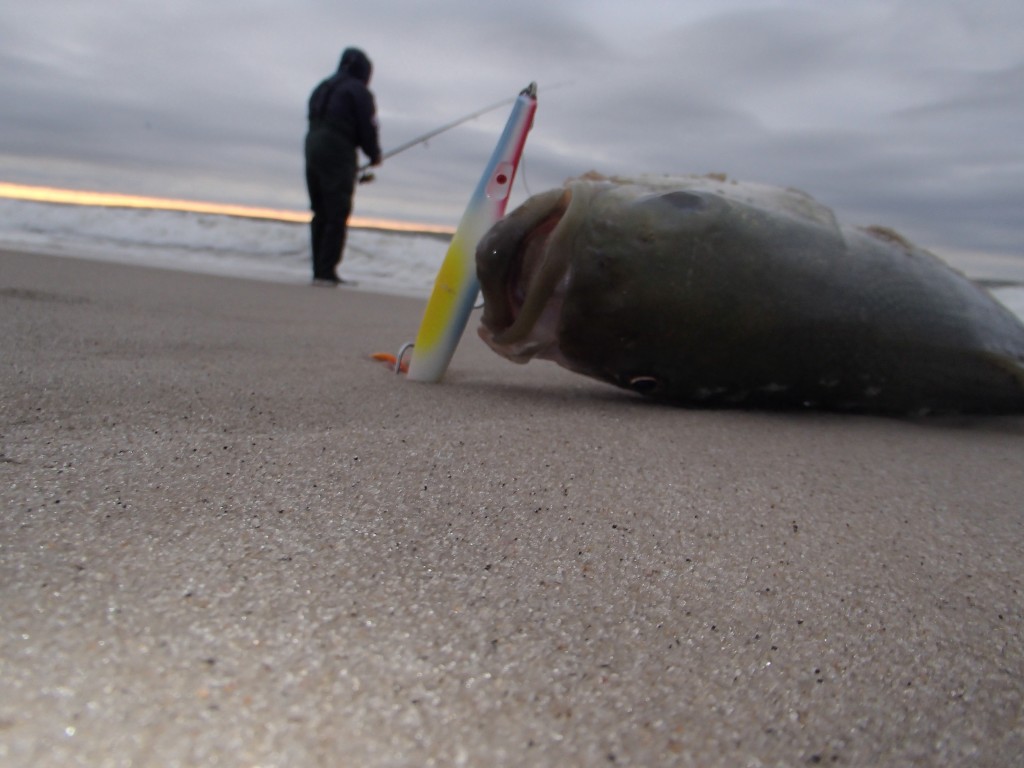




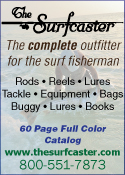


Excellent follow up Z. Really got into that article and was disappointed when it ended.
↓Cant wait for the now one. Thanks mate!!
Mr.Zeno
Met u face t face at surf day last week. didn’t get to ask the right questions . you toss a lure 130 yards ( don’t discount your skill ) I toss with another surfcaster with 80 years experience we toss 85 YARDS DRY FOOTBALL FIELD. Using any combination of the following Van stall 150 200 Pen 750ss Long cast , Pen 704 with Legend elite . Fiber star composit Mojo Stick and Tica all 10 _ 11- 1/2 with 30 lb spider wire invisa braid tossing a bottle popper 2 1/2 oz no hooks what gives are we just off so far on technique or we missing something crucial .
Need guidance
↓thanks Jerry and Steve in Marylandi
Fantastic summary of your book, The Art of Surfcasting with Lures. In case anyone doesn’t have THE fishing bible in their house yet, do yourself a favor and get it. If you already have it, reread it often!
↓Zeno, got to shake your hand at the Rhode Island show. Great site. Great videos. Great book. Hey, I guess that makes YOU great!
Great article, Zeno, as usual. Question: You mentioned that you time your cast so your lure lands behind a wave…. Do you try to maintain the lure in this position by adjusting the rate of retrieve?
↓Absolutely very important
↓